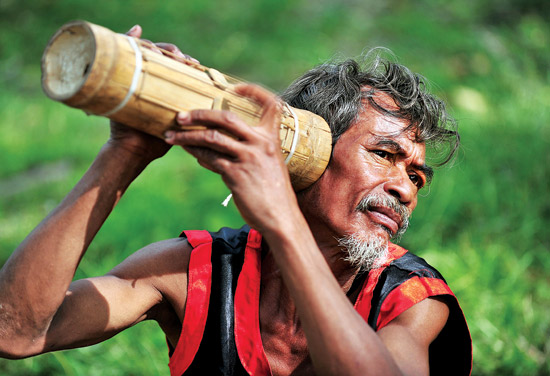 |
| Photo by Pho Ba Cuong |
In Vietnam there are around 122,000 Raglai people, living in 18 out of its 63 cities and provinces. They live in large numbers in the provinces of Ninh Thuan (almost 60,000).
Musician Tran Tien introduced “Chapi dream” in a song to introduce the Chapi of the Raglai to the Kinh people. Since then the Chapi has been considered a symbol of the Raglai and tourists visit Raglai hamlets to learn about this unique musical instrument.
Perhaps whoever comes to visit the Raglai would ask to see the chapi, because it gave composer Tran Tien the inspiration to write ‘Chapi Dream’ with its simple and sincere (but still tormenting) words: ‘Up there, they live a peaceful life/ Even the poorest has a chapi/ When the strings touched, the tune fills the Raglai hearts…’ The chapi is made of a section of an old bamboo, normally about 30-35 centimetres in length, eight centimetres in diameter. It’s an instrument unique to the Raglai, but very popular among them. It is their life’s company deep in the mountains.
The song draws a picture of a vast prairie and a nomad life, where people live harmoniously with nature. Many people wonder whether the “Chapi dream” is real.
Nguyen Van Lam, deputy head of the Ninh Son District Cultural Center, said: "The chapi has been around for a long time. It is the soul of the Raglai, but it is on the verge of falling into oblivion because those who can play and make the instrument are old now, while the younger generations are not interested in the traditional instrument and say the chapi is not exciting."
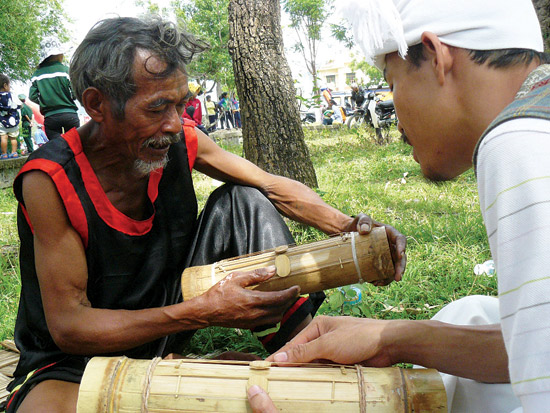 |
Nguyen Van Sinh, deputy head of the Bac Ai District Cultural Center, said: "Just a few people in the district can play and make the chapi. As cultural officials, we are very concerned about this situation because the chapi is one of the cultural features of the Raglai.
It is expected that the chapi won't fall into oblivion because its sounds not only express the emotions of the Raglai but also are the sacred soul of the ancestors and the rivers and mountains where generations of Raglai have lived
The chapi tunes, low and high, carry the Raglai love to the forests and mountains and give them a human soul. It takes the craftsmanship and passion of the maker and the innermost vibration of the player’s heart to the heights and depths of the void.
The Raglai consider the chapi a reduced ma la, which can be played by just one person and is easy to carry. To them, ma la is the most important instrument, which plays a role in all community activities. But not every household can afford a set of ma la. Each set used to be traded for two buffalos, which was a huge fortune in Raglai life.
So one can say that ma la is the instrument of the rich, and chapi is for the poor. Nowadays, chapi has become a popular instrument among the tribes living on the tail of Truong Son in the South of Mid-Vietnam.
 |
Chapi has long been the song of the Raglai’s soul. At one time, every family had one, and everybody could play it. They played it in the fields, in the forests, under the sun and in moonlight. The chapi tunes made them happy to feel the breezes between heaven and earth, relieved their pain and hardship and helped them stand firm in life. Now, in the time of TV’s and mobile phones, young people are disconnected from the chapi. Nowadays, chapi tunes can often only be heard in cultural shows performed by old folk artists. In a recent seminar on conservation and development of Raglai culture in Bac Ai District (Ninh Thuan Province), folklore administrators and researchers have proposed some solutions. They also expressed worries that chapi makers have no followers.
Currently, Raglais in Ninh Thuan Province, mostly the old people, are still making and playing chapis. But in Khanh Hoa Province they can be finger-counted.
Facing the threat of chapi disappearance, the authorities and some Raglai from Khanh Hoa and Ninh Thuan provinces have proposed ways to revive and conserve it. Composer Ho Hoai Son, a devoted chapi lover, shared his thoughts, ‘We always considered chapi as a Raglai musical instrument, and forgot that it was a symbol of a culture. Now is the time to commercialize it, to make chapi not only a show toy, but also a live cultural product, a souvenir for tourists.’
Recently, Khanh Hoa Province made efforts to conserve and develop ethnic cultures of its minorities. The project is currently at phase 1 (2012 - 2015): inventory of ethnic cultural values, including the chapi of the Raglais. The task of phase 2 (2016-2020) will be to make use of the heritage to build and further develop ethnic cultures and promote them, while at the same time combining cultural conservation with tourism development in certain regions. Only that way, the chapi tunes will truly be the music of the forests and mountains which can resonate in domestic and foreign visitors’ hearts.








.png)
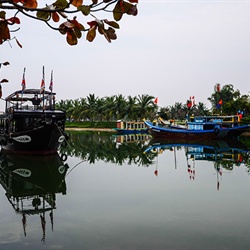
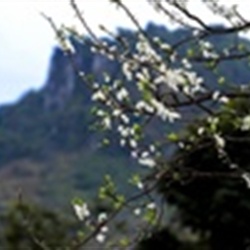

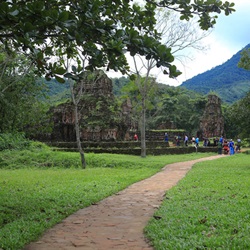
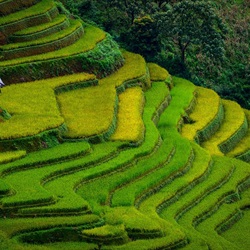
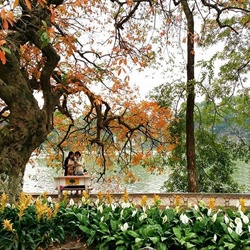
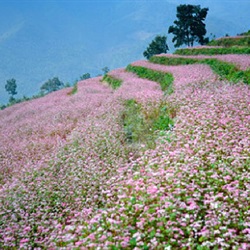

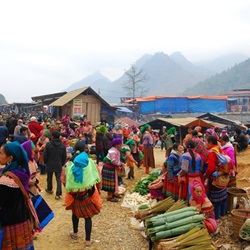

COMMENTS